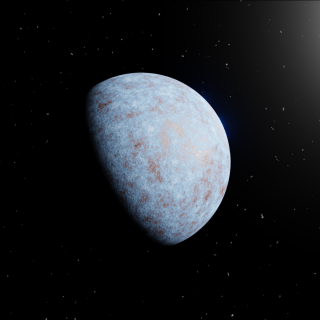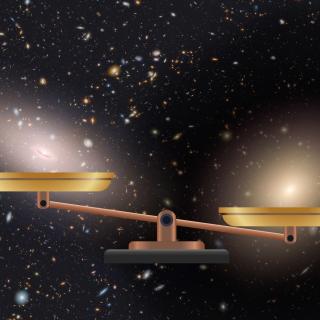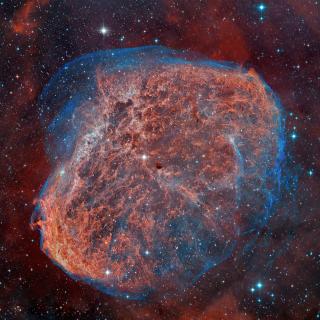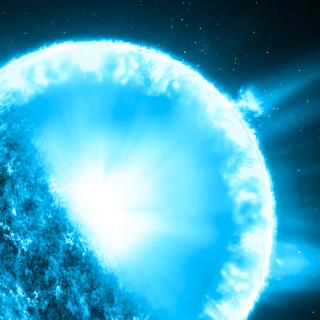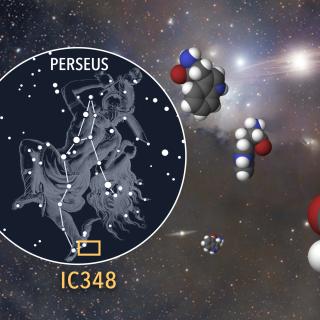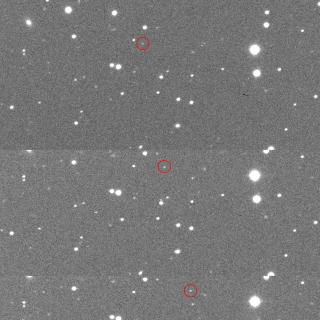
An international scientific team, in which researchers from the Instituto de Astrofísica de Canarias (IAC) participate, confirms that the asteroid, discovered with the Isaac Newton telescope at the Roque de los Muchachos Observatory (La Palma), follows an orbit synchronised with that of Jupiter, which reduces the probability of a collision with our planet in the coming decades. The celestial body is very solid, metallic, rotates ten times every hour and is about 40 metres long. The study is published in the journal Astronomy and Astrophysics. Asteroid 2023 DZ2, detected in February with the
Advertised on
